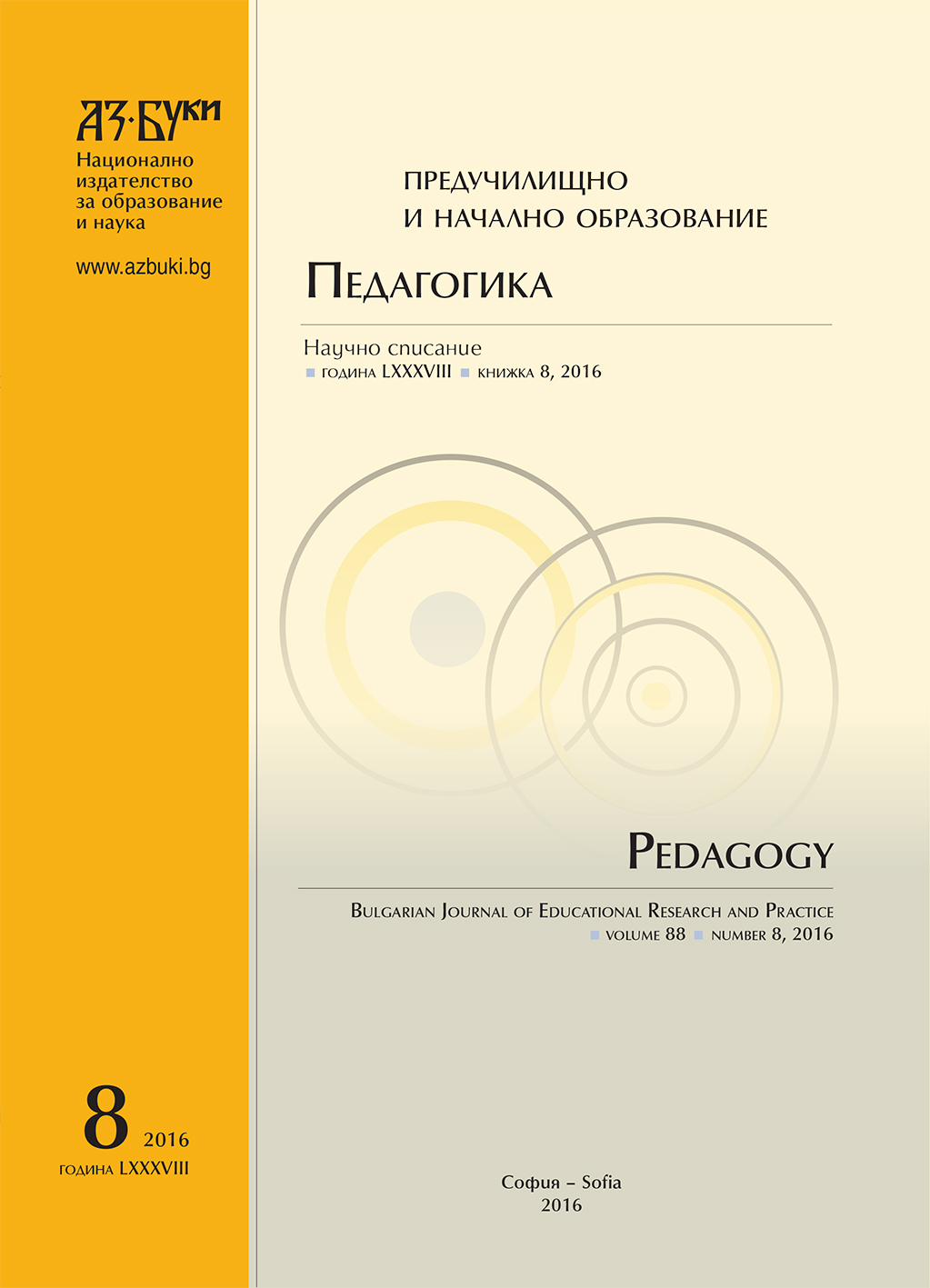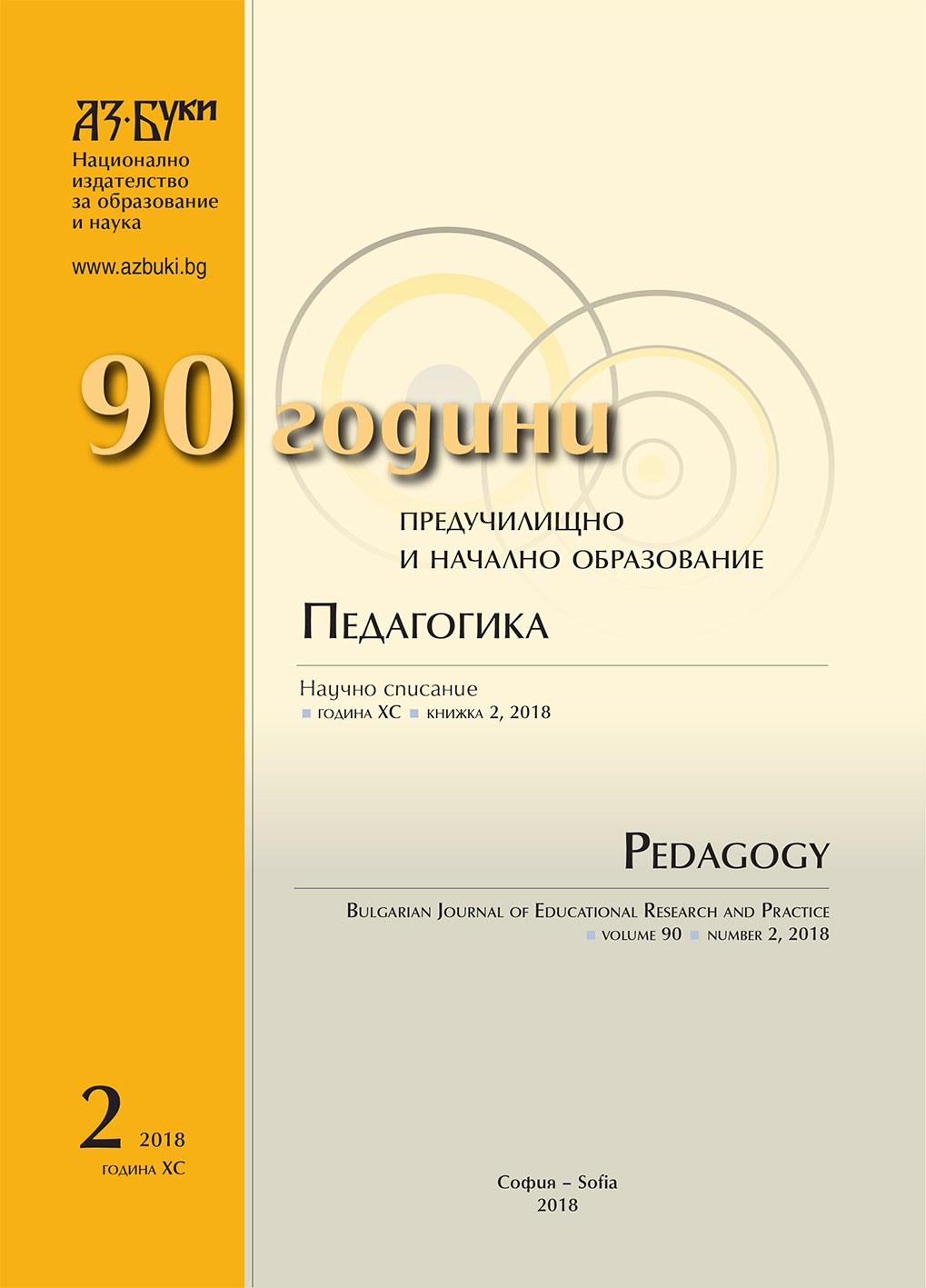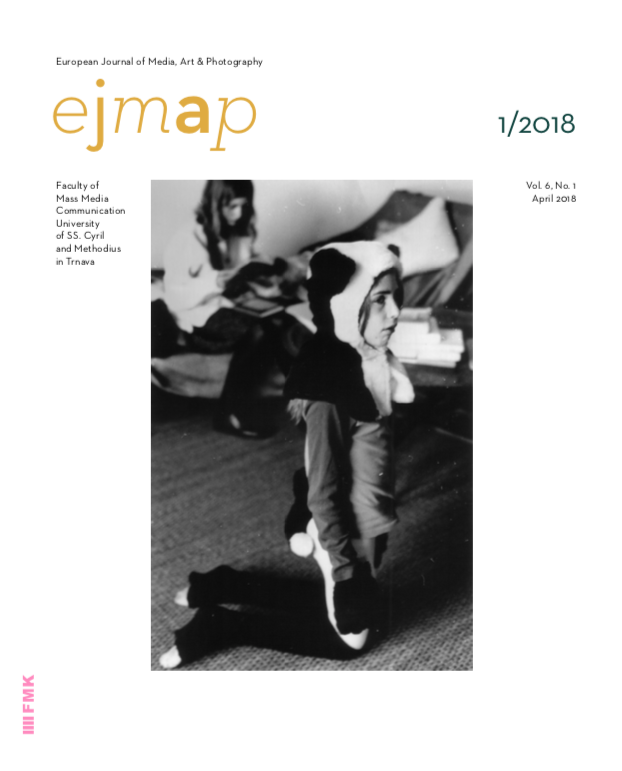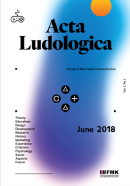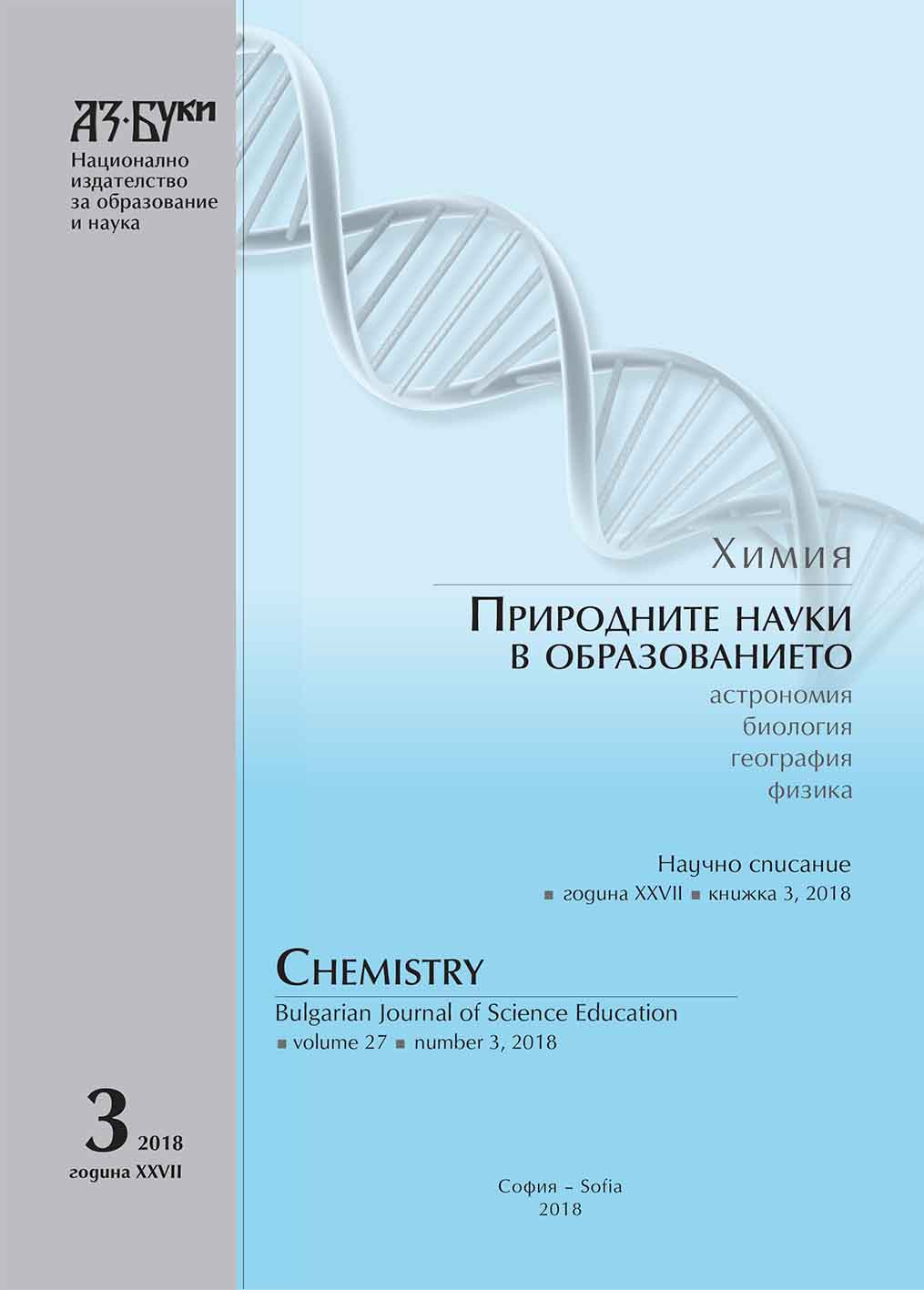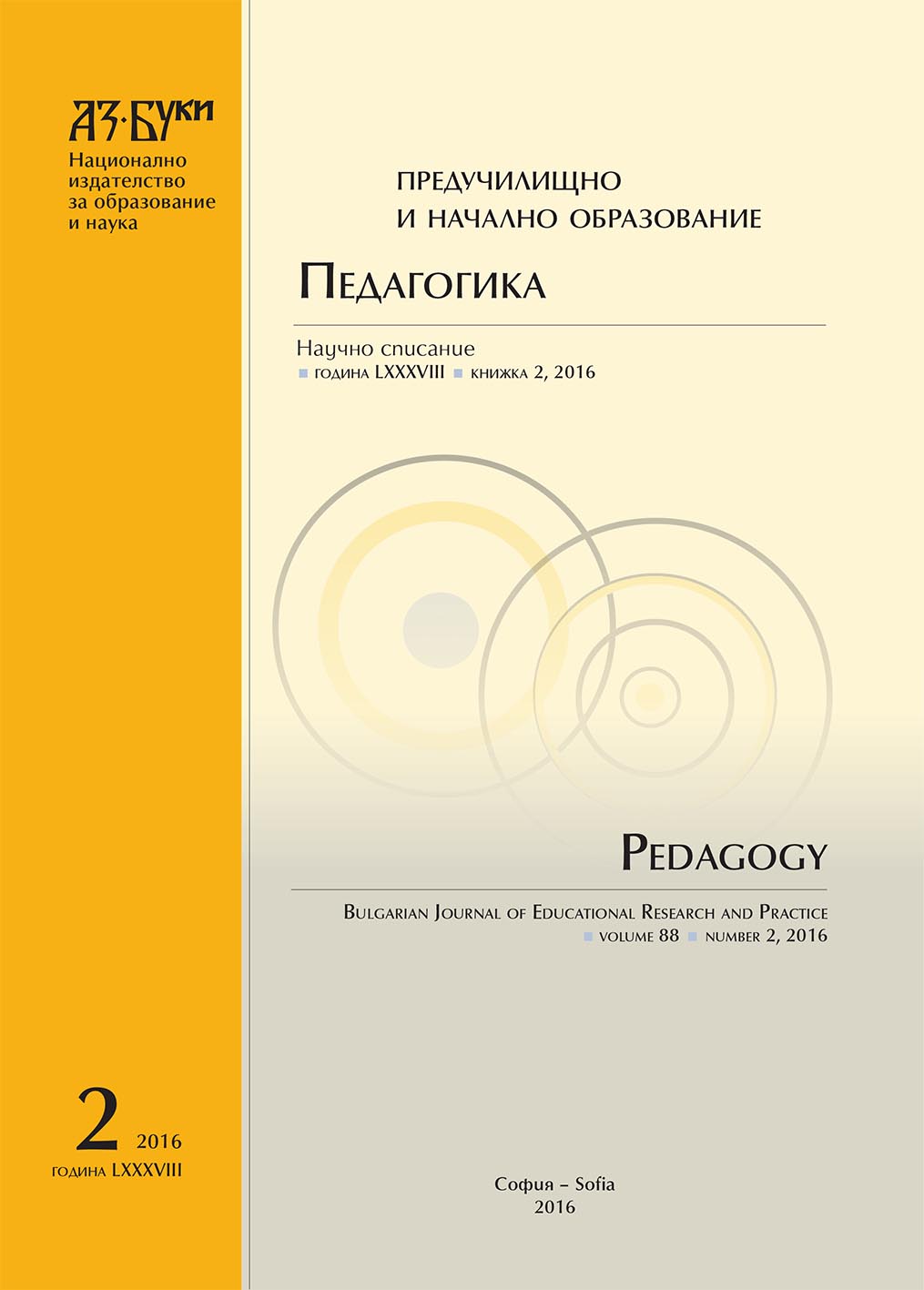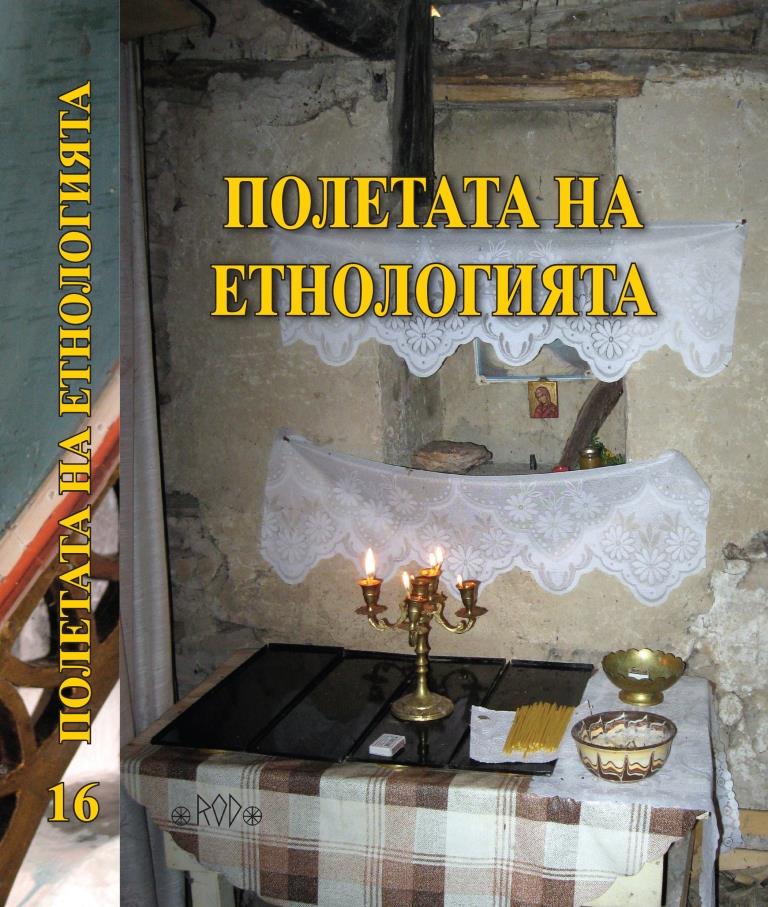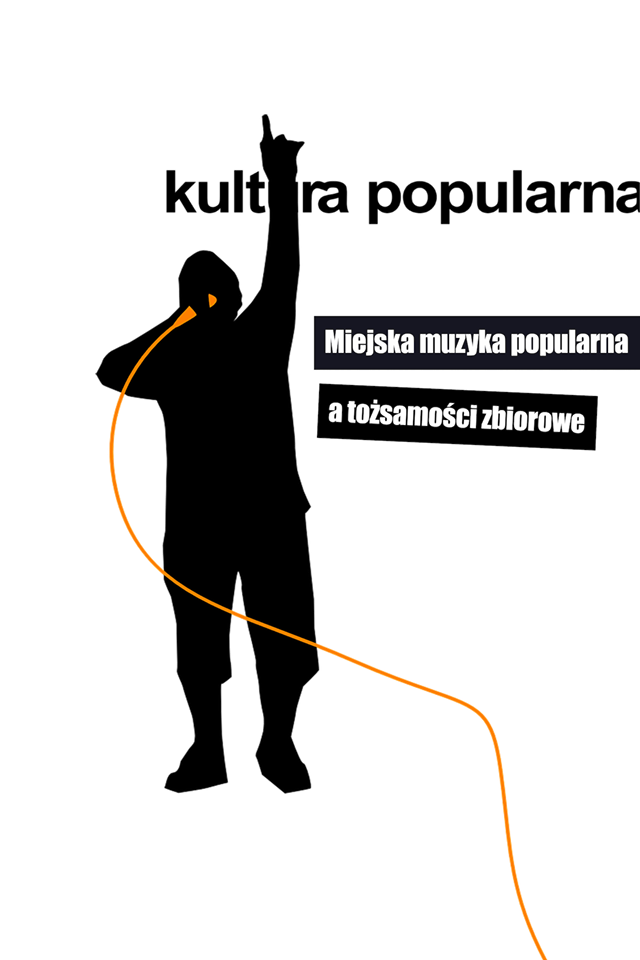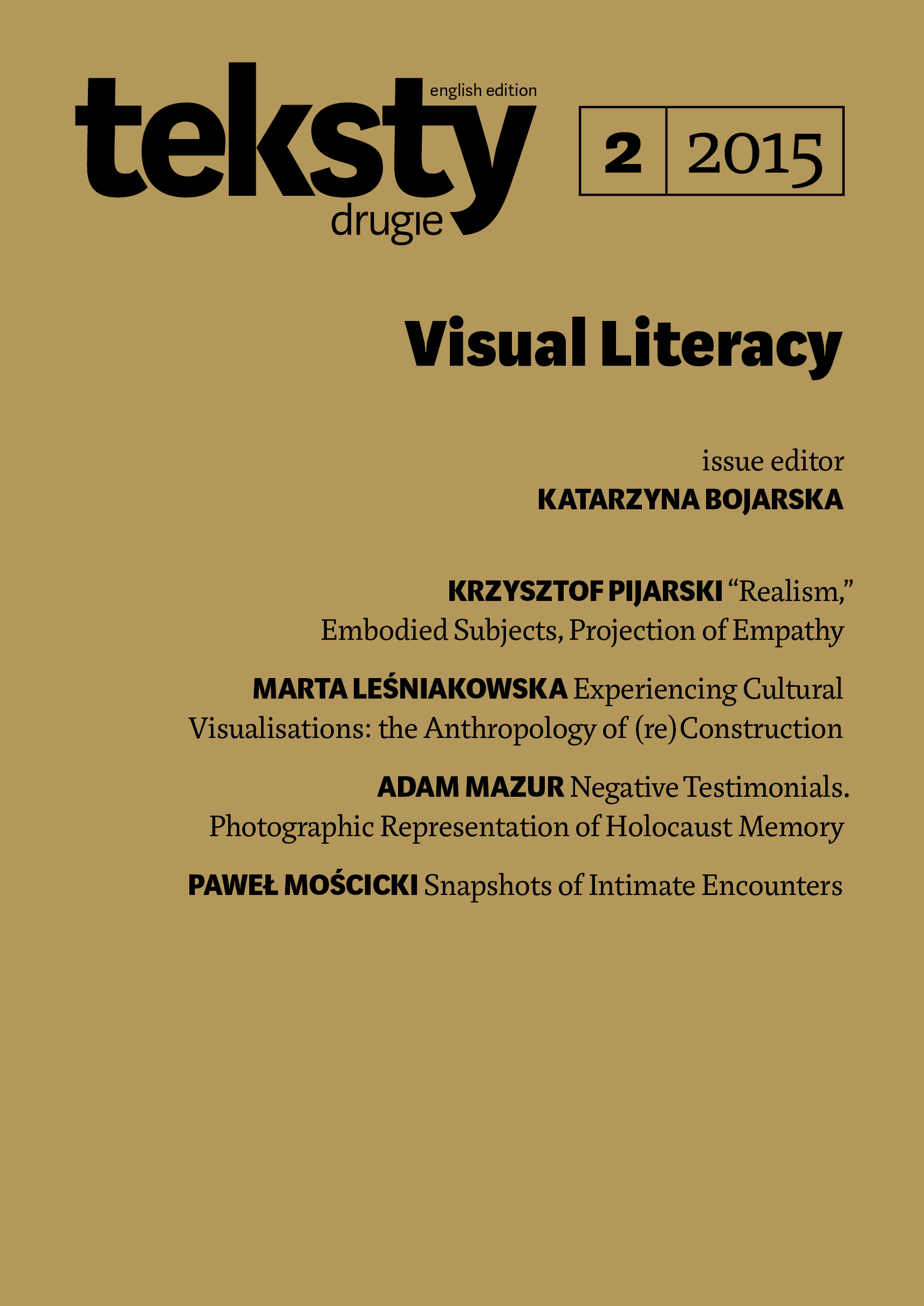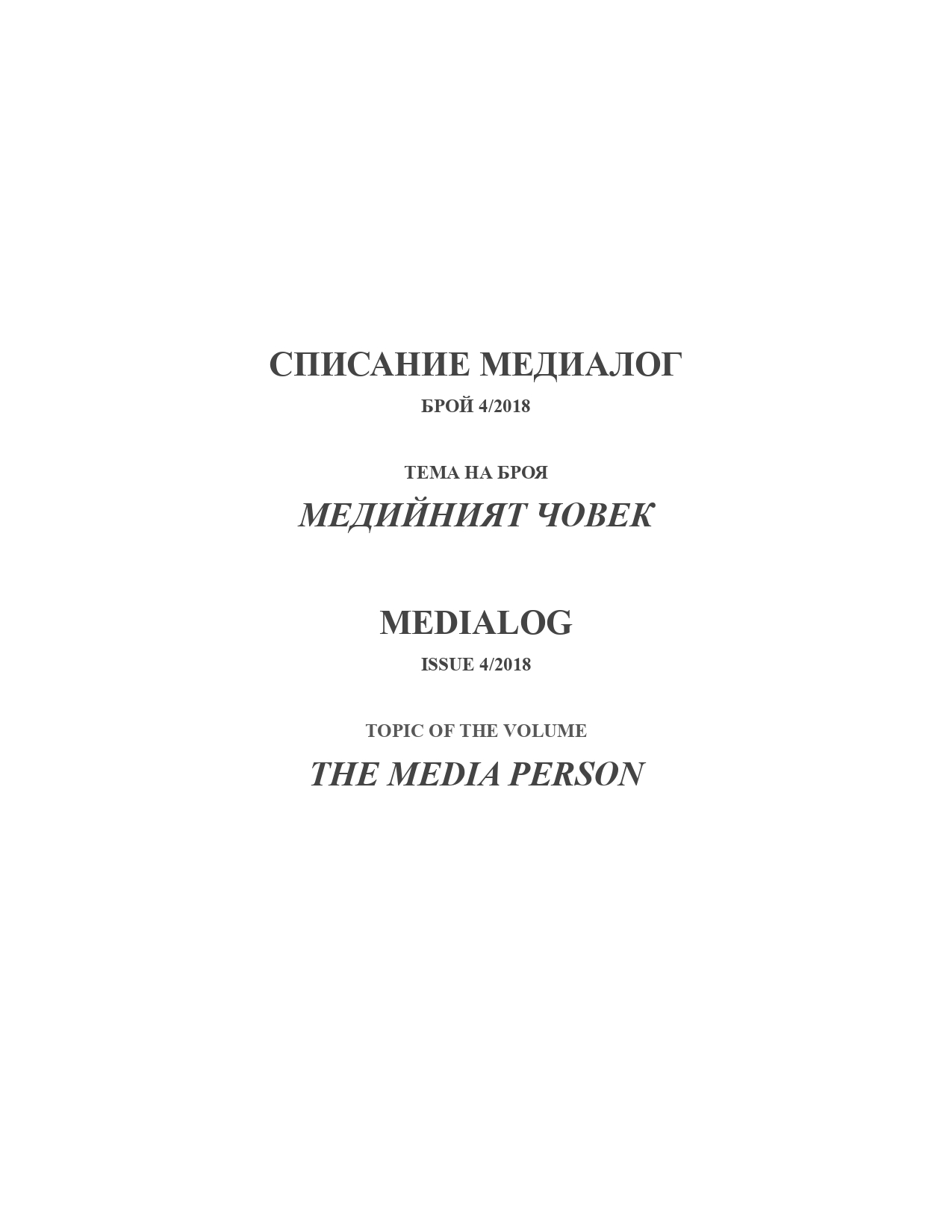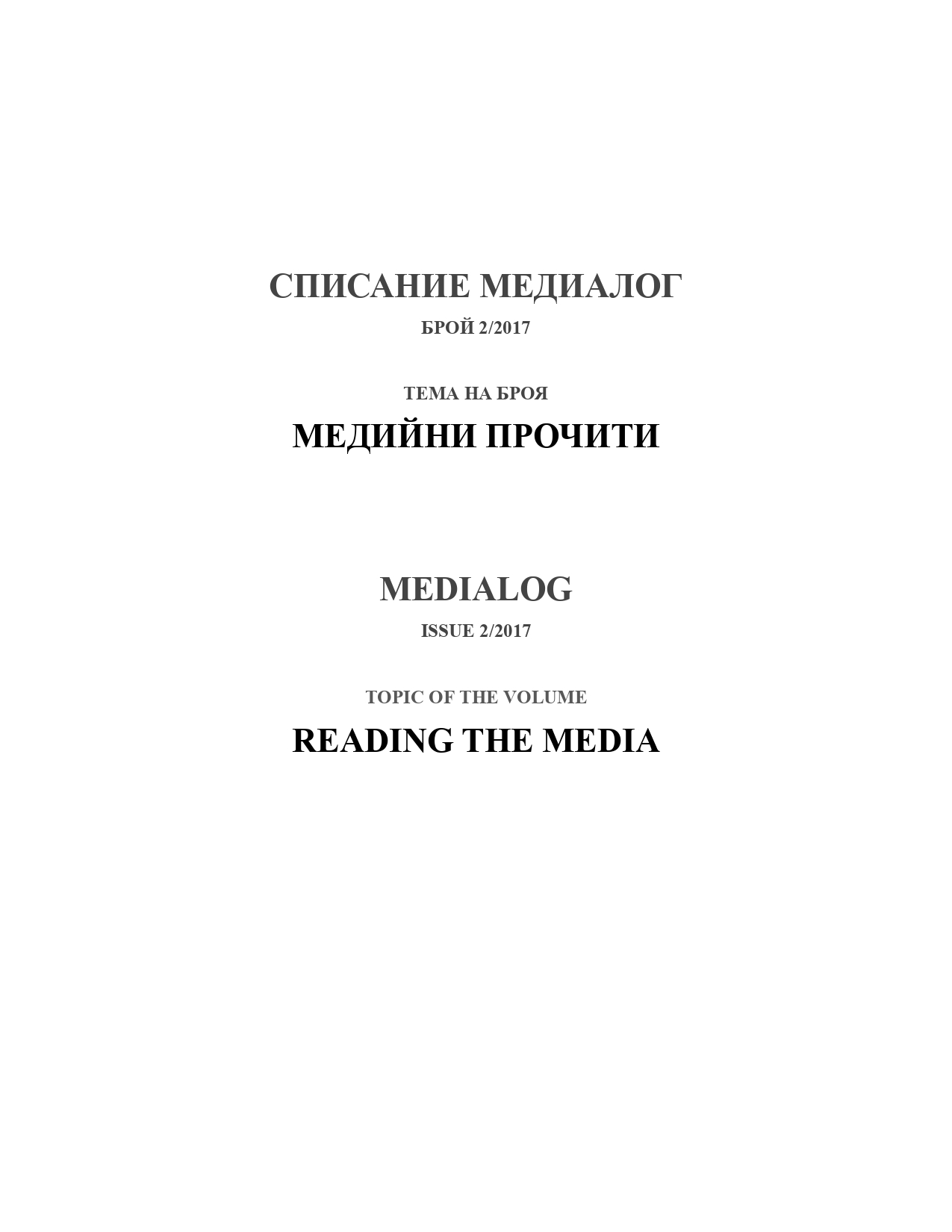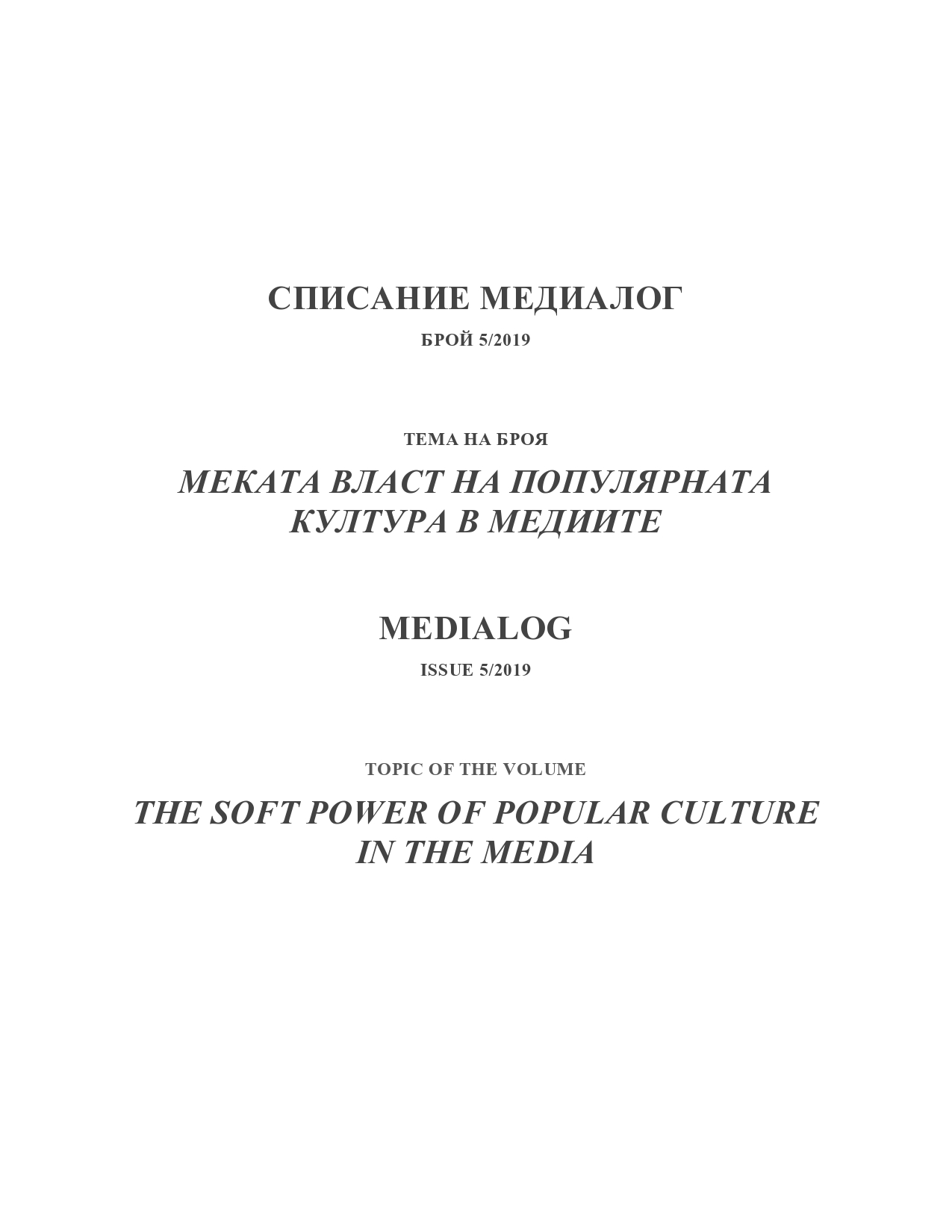Author(s): Piotr Majewski / Language(s): Polish
Issue: 03/2017
The “invented” Muslim-migrants became contemporary “folk devils”. They are portrayed by the media – which play a crucial role in this process – as deviants, who pose a threat to the social order, national culture and values shared by all the Polish people. Thus, refugees, perceived en masse as Islamic fundamentalists, became an object of media symbolization. This mechanism allows for a mobilization against those who would like to welcome refugees to Poland – various traitors of the fatherland, lefties, liberals, post-communists or opposition politicians, who “collaborate” with the European Union and the Venice Commission. Paradoxically, the hunt for “Muslim witches” does not intend to eliminate them, but rather discursively construct them through moral panic. The Islamophobic rap demonstrates the relationship between the Polish and the followers of Islam through binary oppositions. The Muslims and the Polish are presented as two antagonistic civilizations, although the positive connotations of this notion are rather reserved for the Polish Catholics, the sole guardians of the Christian Europe. Within this narrative the category of “Muslim” (Islamist, Arab, refugee, etc.) is essentialized, as well as the category of the “true” Polish (patriot, Catholic, heterosexual man, etc.). Anti-Muslim rappers firmly announce that if Poland decided to accept any refugees, the Polish would become a minority in their own country, stripped of their culture and faith, possibly even persecuted. They seek evidence for such extraordinary claims in the alleged transformations that other European states underwent. These radical changes are the result of an array of criminal policies introduced by the European elites, who consciously unleashed an ideological war, instrumentally utilizing Muslims as a weapon.
More...
